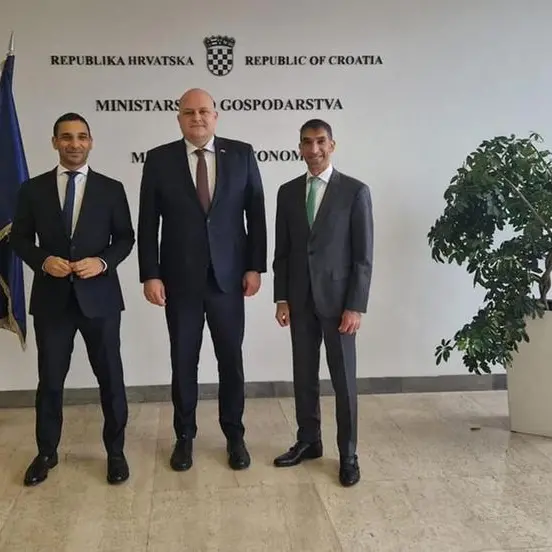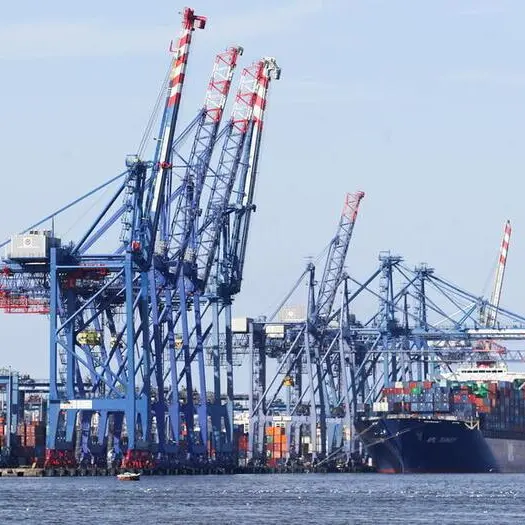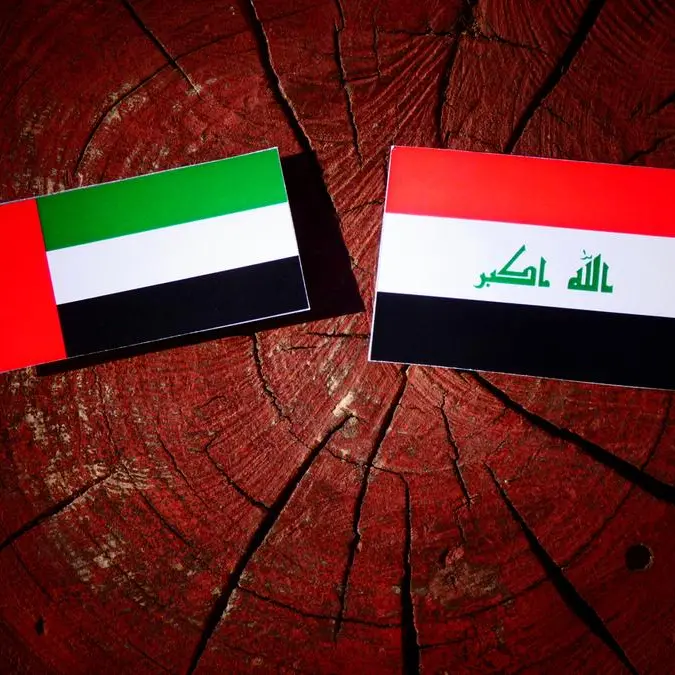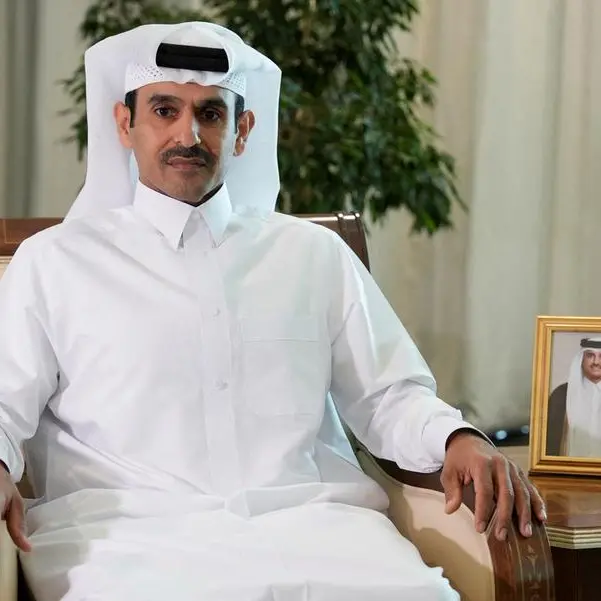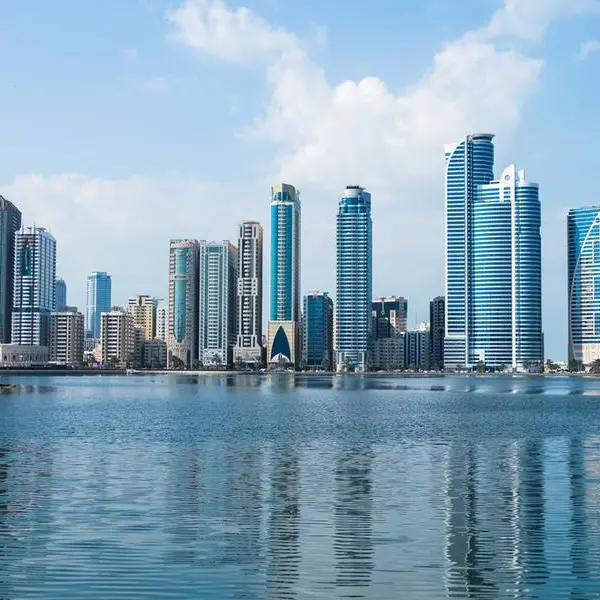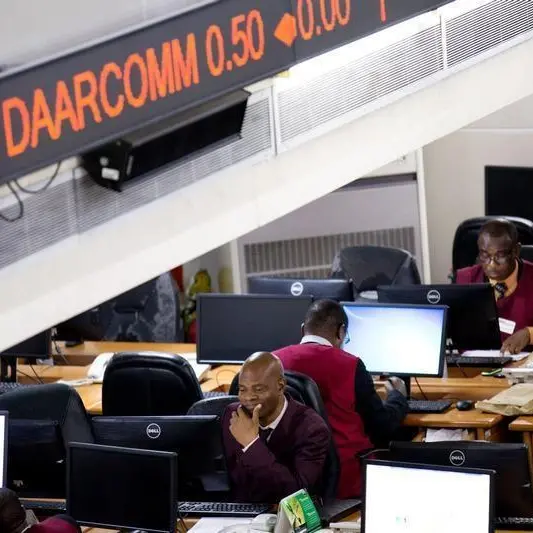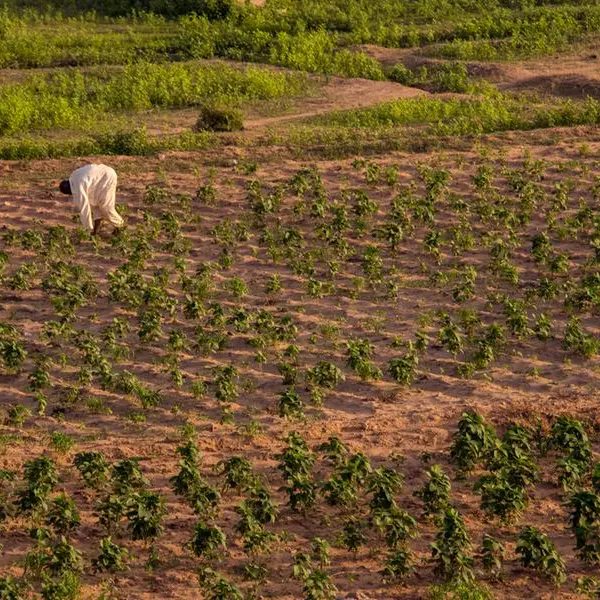Tuesday, May 10, 2016
Dubai: A weak economic environment is expected to weigh on the financial performance of Islamic banks in the Gulf Cooperation Council (GCC) countries in 2016 and 2017, according to rating agency Standard & Poor’s.
The oil price has dropped by more than 70 per cent since mid-2014, creating challenges for growth, and fiscal and external hurdles for the GCC countries. Projected weak growth across the region is expected to result in deterioration in asset quality and profitability of these banks from a position of strength.
S&P now forecasts oil prices will reach $50 (Dh183) per barrel in 2018, with unweighted average economic growth of the six GCC countries of 2.1 per cent in 2016 and 2.5 per cent in 2017. Banks’ asset growth started to moderate in 2015, reaching 7 per cent for Islamic and 5.7 per cent for conventional banks in 2015, compared with 12.3 per cent and 9.6 per cent, respectively, in 2014.
“We expect a more pronounced slowdown of the growth of both conventional and Islamic banks in the GCC. In our base-case scenario, we assume that growth will drop to around 5 per cent for both types of banks in 2016 as governments strive to restore their fiscal sustainability through a mix of spending cuts and revenue-boosting initiatives,” said Mohammad Damak, S&P Global Ratings’ Global Head of Islamic Finance.
The impact of economic slowdown is expected to be more pronounced in Saudi Arabia and the UAE. In Saudi Arabia, S&P analyst expect the government will cut spending by close to 15 per cent, attempting to offset a decline in government revenues of a similar magnitude.
“We think that the Saudi government will still maintain spending on strategic infrastructure projects, however, resulting in some growth opportunities for the financial sector. In the UAE, we see the current trend in the real estate sector resulting in fewer growth opportunities for Islamic banks, although investments related to Dubai Expo should help create some opportunities,” said Damak.
Qatar and Kuwait appear to be less affected as spending is to remain buoyant in Qatar for the preparation of the World Cup 2020, while the government in Kuwait is planning to boost its investment spending and allocate a significant share of new project financing to Islamic banks.
Asset quality indicators of GCC Islamic banks remain comparable with their conventional counterparts. Both Islamic and conventional banks remain well entrenched in their local real economies in the GCC. “We think that the cycle of improving asset quality indicators came to an end because of the less supportive operating environment. As for conventional banks, we expect a gradual deterioration of GCC Islamic banks’ asset quality indicators in 2016 and 2017 and rising credit losses,” said Damak.
While some market participants argue that Islamic banks will fare much better than their conventional counterparts due to the asset backing principle inherent to Islamic finance, S&P expects that they will be on equal footing, as bankruptcy laws remain underdeveloped and foreclosure of the underlying assets remains generally difficult in the GCC.
Some Islamic banks might be under higher pressure due to relatively higher exposure to real estate sector. Overall subcontractors and small and mid-size enterprises (SMEs) are expected to bear the brunt of the turning economic cycle and prominently contribute to new nonperforming financing formation for banks in 2016 and 2017.
By Babu Das Augustine Banking Editor
Gulf News 2016. All rights reserved.
